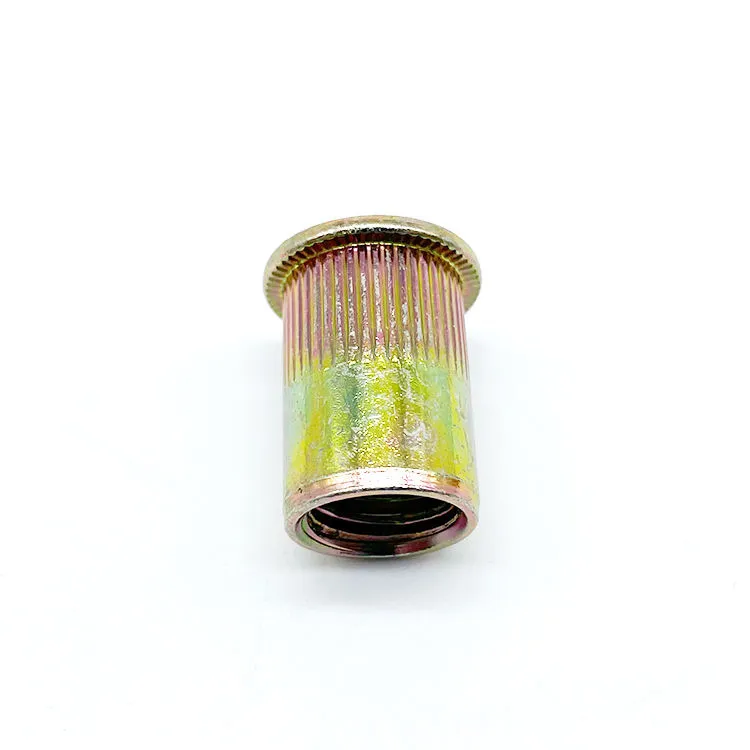

self drilling drywall screws for metal studs
Nov . 20, 2024 19:42 Back to list
self drilling drywall screws for metal studs
The Importance of Self-Drilling Drywall Screws for Metal Studs
When it comes to the construction and renovation of interior spaces, particularly in commercial or industrial environments, the use of metal studs has become increasingly popular. Metal studs provide several advantages over traditional wooden studs, including resistance to mold, termites, and warping. However, securing drywall to these metal frameworks requires specific fasteners. This is where self-drilling drywall screws come into play. In this article, we will explore the significance of self-drilling drywall screws for metal studs, their benefits, and best practices for their use.
What Are Self-Drilling Drywall Screws?
Self-drilling drywall screws, also known as self-tapping screws, are fasteners designed to create their own hole as they are driven into the material. Unlike conventional screws that require pilot holes, self-drilling screws have a built-in drilling tip that enables them to penetrate metal studs quickly and efficiently. This feature not only saves time during installation but also reduces the risk of damaging the drywall or the underlying metal structure.
Benefits of Using Self-Drilling Screws
1. Efficiency The primary advantage of self-drilling screws is their ability to speed up the installation process. Without the need for pre-drilling, contractors can significantly reduce labor time, making projects more cost-effective.
2. Stronger Hold Self-drilling drywall screws are typically designed with deeper threads and a sharper point, providing a more robust grip in the metal studs. This ensures that the drywall remains securely in place, minimizing the chances of sagging or detachment over time.
3. Versatility While these screws are specifically designed for use with metal studs, they can also be used in a variety of other materials, including wood and plastic. This versatility makes them a valuable addition to any contractor's toolkit.
4. Reduced Risk of Damage Using self-drilling screws minimizes the likelihood of cracking or splitting the drywall, which can occur when the screws are improperly installed or when pilot holes are drilled incorrectly.
5. Corrosion Resistance Many self-drilling screws come with a coating that enhances their resistance to rust and corrosion. This is especially important in environments where moisture may be present, as it helps to ensure the longevity of the installation.
Selecting the Right Self-Drilling Screws
Choosing the right self-drilling drywall screws is crucial for achieving optimal results. Here are some considerations to keep in mind
self drilling drywall screws for metal studs

- Length The length of the screw should be appropriate for the thickness of the drywall and the metal studs. A common choice for attaching 1/2 inch drywall to metal studs is a screw that is at least 1-1/4 inches long.
- Gauge Self-drilling screws come in various gauges. For metal studs, a 25-gauge to 20-gauge screw is typically sufficient, as these gauges provide the necessary strength for securing drywall.
- Coating If you're working in a moist environment, look for screws with a corrosion-resistant coating, such as zinc plating. This will help protect the screws from rusting and enhance the overall durability of the installation.
Best Practices for Installation
To ensure the best results when installing drywall with self-drilling screws, follow these best practices
1. Use a Power Drill with Clutch Using a power drill equipped with a clutch will allow you to control the depth at which the screws are driven, helping to prevent over-tightening and damage to the drywall.
2. Space the Screws Appropriately Follow the manufacturer’s guidelines for screw spacing, commonly 16 inches on center, to ensure a secure and uniform installation.
3. Check for Proper Angle Ensure that screws are driven in straight and at a perpendicular angle to the surface. This will help to maintain the integrity of the drywall and prevent any bowing or warping.
4. Inspect the Work After installation, check the screws to ensure they are flush with the surface of the drywall and not protruding, as this can complicate finishing work.
Conclusion
In summary, self-drilling drywall screws are an essential tool for anyone working with metal studs. Their efficiency, strength, and ease of use make them a preferred choice for contractors and DIY enthusiasts alike. By selecting the appropriate screws and adhering to best practices for installation, you can achieve a high-quality drywall finish that will stand the test of time. Whether you're working on a new construction project or a renovation, don't overlook the importance of these specialized fasteners in achieving a successful outcome.
Latest news
-
Hot Dip Galvanized Bolts-About LongZe|High Strength, Corrosion Resistance
NewsJul.30,2025
-
High-Strength Hot Dip Galvanized Bolts - Hebei Longze | Corrosion Resistance, Customization
NewsJul.30,2025
-
Hot Dip Galvanized Bolts-Hebei Longze|Corrosion Resistance&High Strength
NewsJul.30,2025
-
High-Strength Hot-Dip Galvanized Bolts-Hebei Longze|Corrosion Resistance&High Strength
NewsJul.30,2025
-
Hot Dip Galvanized Bolts-Hebei Longze|Corrosion Resistance&High Strength
NewsJul.30,2025
-
Hot Dip Galvanized Bolts - Hebei Longze | Corrosion Resistance, High Strength
NewsJul.30,2025

